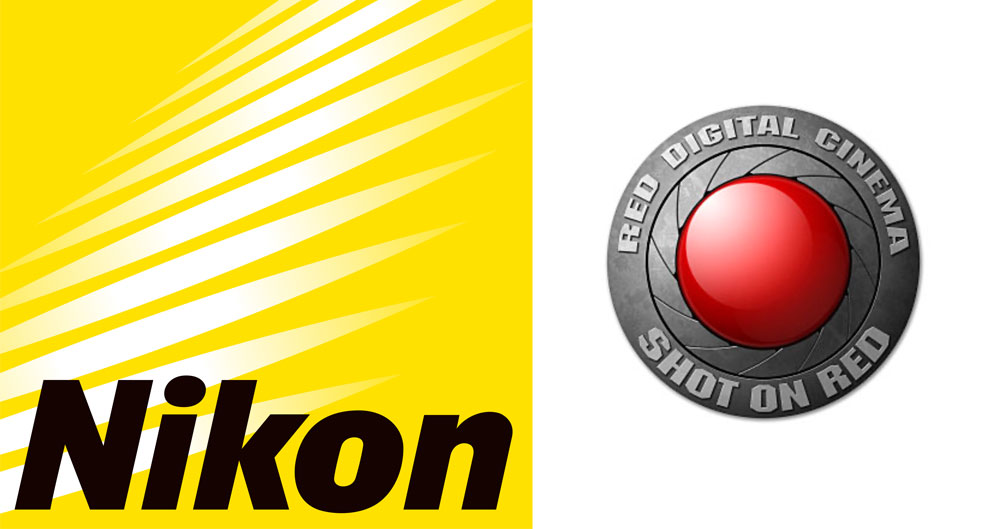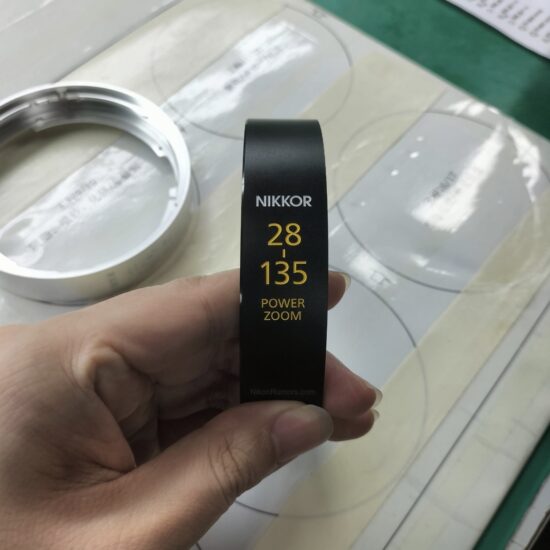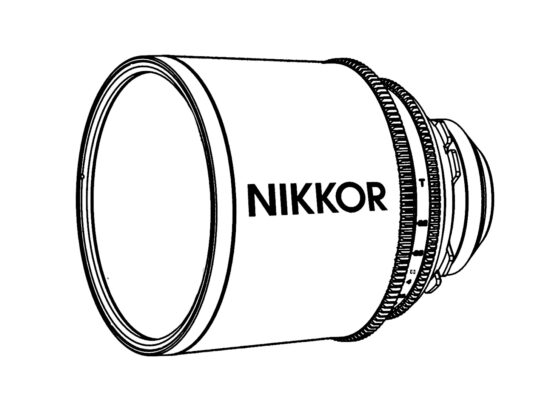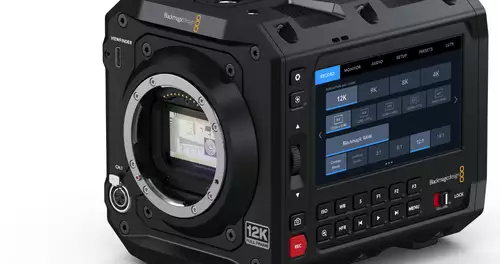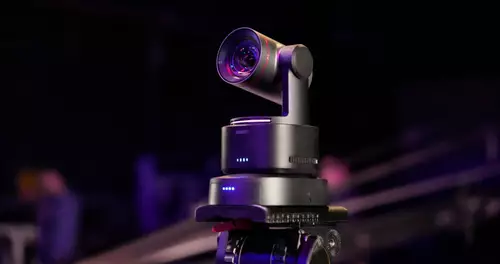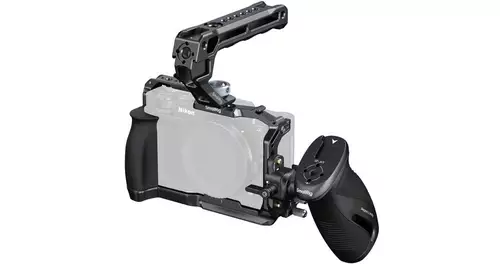soulbrother hat geschrieben: ↑Di 12 Mär, 2024 13:16
Dazu mal ne gaaanz doofe Frage:
Nikon-RAW ist doch nicht schlecht.
Was genau sind denn die Unterschiede, Vor- und Nachteile zu RED-RAW?
Die etablierten, robusten Workflows und sehr breite Softwareunterstützung. Z.B. bietet Resolve erheblich mehr Einstellungsoptionen für REDCODE Raw als für Nikon Raw (und in einigen Versionen von Resolve, wie dem Linux-Port, wird Nikon Raw überhaupt nicht unterstützt)...
Ich stimme der Slashcam-Redaktion ja fast 100% zu in diesem Editorial, und hab ähnliches auch hier in meinen Forenpostings geschrieben: nämlich dass es Nikon bei der Übernahme wahrscheinlich um das komprimierte Video Raw-Patent sowie den Technologie- und Knowhow-Transfer in zukünftige eigene Produkte geht, die wahrscheinlich in niedrigeren (=Content Creator-) Segmenten als die heutigen RED-Kino-Kameras angesiedelt und dort mit Sony und Canon konkurrieren werden.
Nikon bindet sich nicht langfristig einen Hersteller und ein Produktsegment ans Bein, das in einer kleinen und außerdem wenig profitablen Nische operiert, laut Andeutungen des RED-Firmeninhabers defizitär ist (wörtlich: ihn vom Milliardär zum Millionär gemacht habe) und eigentlich schon den Konkurrenzkampf gegen Arri und Sony verloren hat.
Skeptischer bin ich allerdings ggü. diesem Szenario aus dem Slashcam-Editorial:
Relativ schnell liesse sich hingegen REDCODE RAW in FPGAs zur Verfügung stellen, wie sie in Atomos Recordern verbaut werden. Vermutlich wäre hierfür „lediglich“ ein Firmware-Update notwendig. Daraus folgt:
Wieso also nicht REDCODE RAW an Atomos lizensieren? Mit einem Schlag könnten alle Atomos-User in RED RAW inklusive zugehöriger Colorscience entweder mit ihrer jeweiligen DSLM (oder nur mit Nikon-DSLMS?) aufzeichnen. Wer dann in den kommenden 18 Monaten REDCODE RAW schätzen gelernt hat, kann sich dann überlegen, ob er REDCODE RAW auch intern nutzen möchte und sich dafür dann eine Nikon DSLM inklusive REDCODE ASIC kauft.
Nikon wird das IMHO aus zwei Gründen nicht machen:
- Sie würden damit ihrer eigenen Konkurrenz von Canon, Sony, Panasonic & Co. ermöglichen, REDCODE Raw aufzunehmen und würden sich den gerade angekauften Wettbewerbsvorteil aus der Hand geben. Laut einer kürzlichen CineD-Umfrage ist Nikons Marktanteil bei ihren Lesern/Bewegtbild-Machern verschwindend gering (ggü. Sony und Panasonic auf den ersten Plätzen, und noch allen möglichen anderen Herstellern inkl. Blackmagic vor Nikon). Nikon muss daher, trotz der Z8 und Z9, nach wie vor aufholen und jeden technologischen Vorteil für sich nutzen.
- Ich glaube auch nicht, dass die Implementation von REDCODE Raw (zumindest in der Variante, die in den Kinokameras, nicht in der Komodo steckt) auf Atomos' Recordern so einfach geht, weil deren JPEG2000-Wavelet-Kompression erheblich rechenaufwändiger ist als die DCT-Kompression von ProRes Raw und anderen Raw-Formaten.
